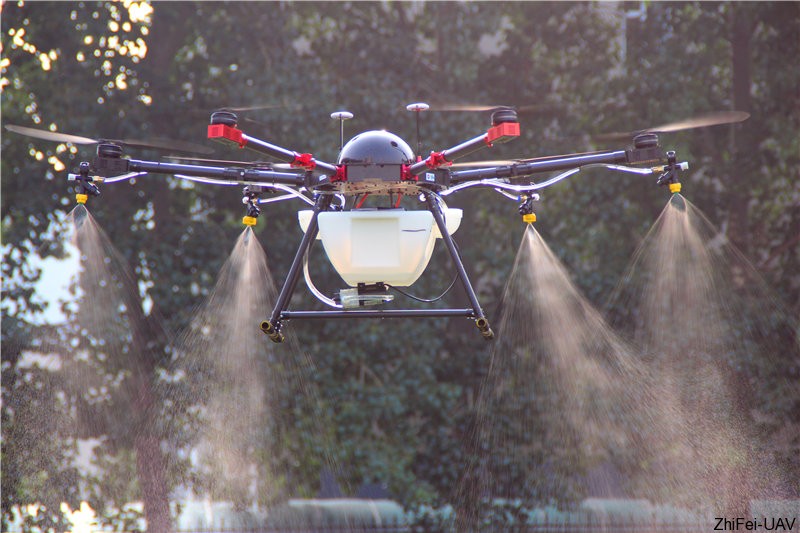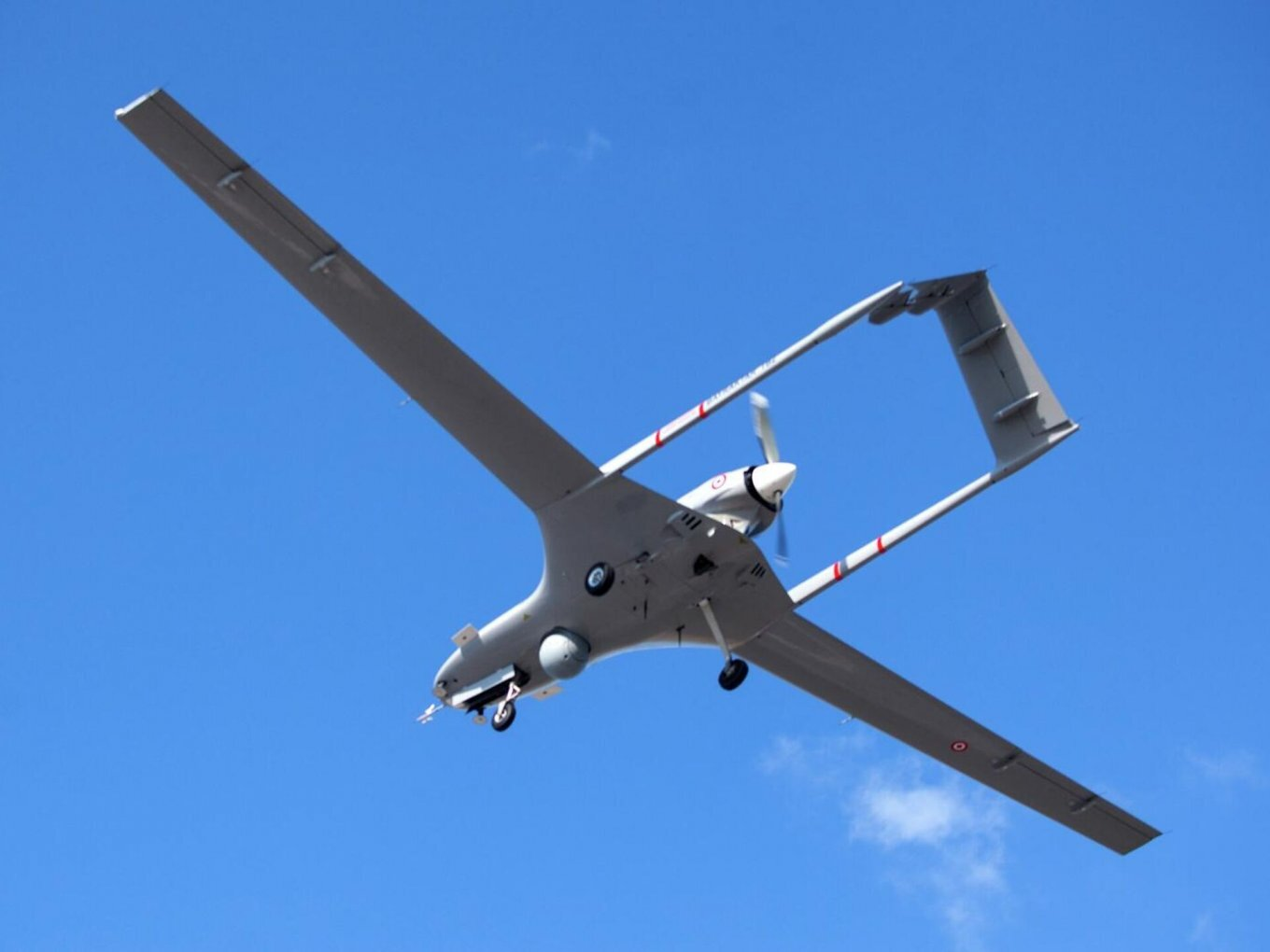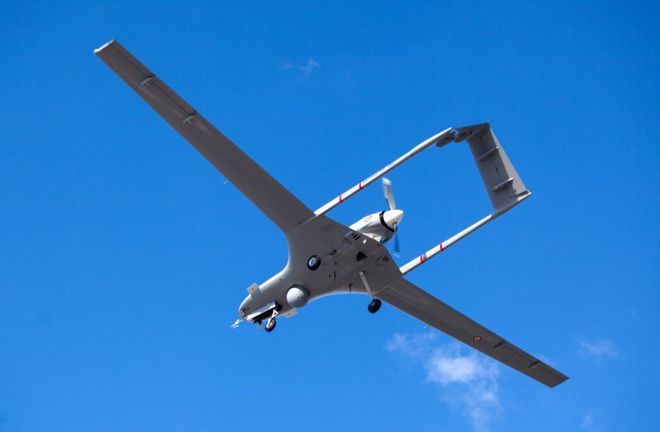
The global use of agricultural drones has surged to 400000, with operating areas exceeding 500 million hectares. AI and the Internet of Things are driving a leap in agricultural intelligence, with significant results in water conservation and carbon reduction. The market size is expected to reach 11.37 billion US dollars by 2030, with strong demand in Southeast Asia and South America, and young pilots injecting new vitality into the industry.
011. Global Development Status of Agricultural Drones
1.1 Market Growth Trends
During the grand Agrishow 2025 exhibition in Porto Alegre, Brazil, DJI released the "2025 Global Agricultural Drone Industry Insights Report" with great weight. The report reveals that as of the end of 2024, the global usage of DJI agricultural drones has surged to 400000, an increase of up to 90% compared to 2020 and a 33% increase compared to 2023. In addition, these drones have accumulated a total operating area of over 500 million hectares, serving more than 100 countries and regions worldwide, and successfully applied to over 300 different crops.
1.2 Application and Technological Innovation
Cutting edge technology, represented by AI, is moving from the "cloud" to the fields, bringing revolutionary leaps to agricultural efficiency. The application of drones in the agricultural field has expanded from simple spraying to multiple aspects such as sowing, orchard management, and even to complex tasks such as soil analysis and irrigation monitoring. The combination of AI and IoT technology has further promoted the leap of agricultural intelligence. Globally, precision pesticide application technology using agricultural drones has saved a total of 222 million tons of water and reduced carbon emissions by 308700 tons, which is equivalent to planting 1.7 million trees. This fully demonstrates the revolutionary potential of drones in the field of agriculture.
DJI's agricultural department emphasizes that drones are gradually transforming from "high-tech toys" to indispensable standard equipment in farmland. Through continuous technological innovation, cost optimization, and close cooperation with ecological partners, green and intelligent agriculture will be widely promoted and applied globally.
1.3 Main market participants
Among the global agricultural drone production companies, several leading enterprises stand out with their technological innovation, extensive market share, and diverse product lineups. Among them, DJI, as a leader in the global drone industry, has won widespread recognition in the market for its outstanding agricultural drone products. DJI's agricultural drone product line includes the MG series of crop protection drones, such as MG-1 and MG-1P, which are highly praised for their excellent spraying efficiency, precise operational characteristics, and stable flight performance.
XAG, a leading agricultural drone manufacturer based in Guangzhou, China, has a product line including the P series, V series, and R series, all dedicated to deepening research and widespread application of precision agriculture technology. Especially in the application of V40 and R40 drones, they can independently complete tasks such as surveying, spraying, and sowing, adapting to various complex terrains and diverse agricultural application scenarios.
Parrot (France) is renowned for its lightweight and multifunctional agricultural drone products. Its Anafi series drones are not only suitable for agricultural monitoring, but also have multiple functions for surveying and crop analysis.
022. Challenges and Opportunities Faced
2.1 ► Technical and regulatory challenges
The agricultural drone industry is facing various challenges in its development process. The industry is facing technological bottlenecks, regulatory limitations, and market demand challenges. Firstly, technological bottlenecks and stability issues have become prominent, especially in complex terrain and low altitude airflow environments where drone flight is unstable, resulting in uneven spraying or droplet drift, seriously affecting operational effectiveness. Secondly, endurance and load capacity limitations are also major challenges. Although some models such as the DJI T100 have improved their lifting capacity, the battery life and load efficiency still need to be further optimized.
2.2 Market Development Trends and Opportunities
It is expected that by 2030, the global agricultural drone market will reach an astonishing $11.37 billion, with a compound annual growth rate of approximately 18.5%. This growth trend is particularly evident in regions such as Southeast Asia and South America, where agricultural demand continues to be strong. For example, Southeast Asian countries such as Vietnam and the Philippines have promoted the rapid popularization of drone technology through policy support and localized cooperation. Meanwhile, countries such as Argentina and Spain have also created favorable conditions for the development of agricultural drones by simplifying the approval process for drones. In addition, Brazil will institutionalize pilot training, while China will incorporate the "low altitude economy" into its rural revitalization strategy. These measures will undoubtedly further promote the prosperity of the agricultural drone market.
From a deeper perspective, the development of agricultural drones not only brings economic benefits, but may also change the labor structure of the agricultural industry. Globally, the number of agricultural drone pilots has grown to over 400000, with a significant increase in the proportion of young people and women. This undoubtedly injects new vitality into the agricultural industry and promotes the transformation of agriculture into high-tech professions.



